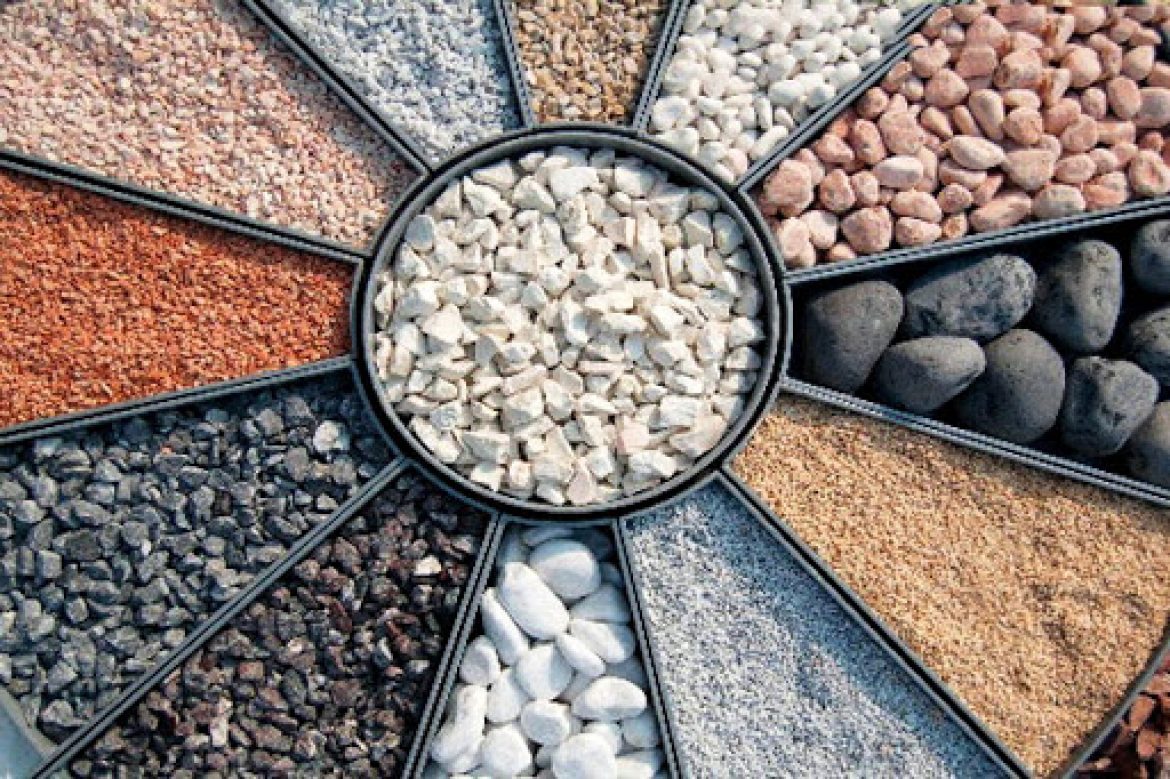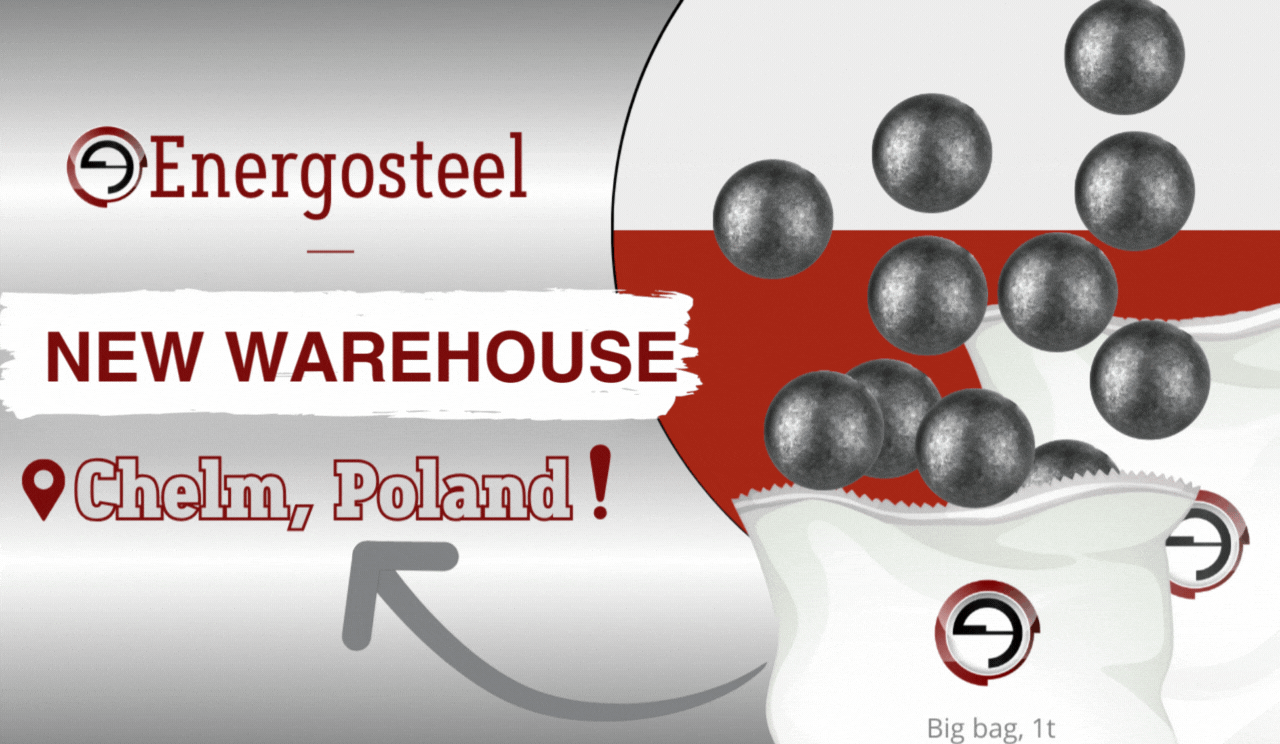You have read about grinding rate (G) a lot of time in our recent publications. Let’s try to figure out what that is and what factors can affect it.
Grindability of a material is its capability for destruction in the ball mills. It is very important to understand clearly, which material will be crashed and which grinding requirements will be needed when planning of grinding process. With regard to the grinding requirements, it is simple in most cases: the thinner the grinding, the better. Grindability of the material depends on its specific physic-mechanical properties.
The following method can be used for laboratory determination of shredding. The material sampling is crashed to 6 – 0 mm in size under constant conditions. The analysis of grinding results is conducted at regular intervals. The material is forced through a standard set of sieves (0300; 0200; 0150; 0100; 0074). The data obtained (time of grinding, sieve residue) shall be entered into the special table. As a rule, the requirement of 10 % sieve residue is consider as grinding standard.
In such a case, the grindability to the largeness of 10 % sieve residue can be calculated as unit specific performance using the following equation:

where P – the weight (kg) of material sampling;
βи and βk – The difference in amount of crashed pieces before and after grinding;
V – the volume of the mill, l;
Т – the length of grinding, min.
Thus, the results obtained will be used to determine how easily the certain material is grinded. This rate is also used to calculate the F. Bond energy index, which is needed when planning at mining and processing plants.







